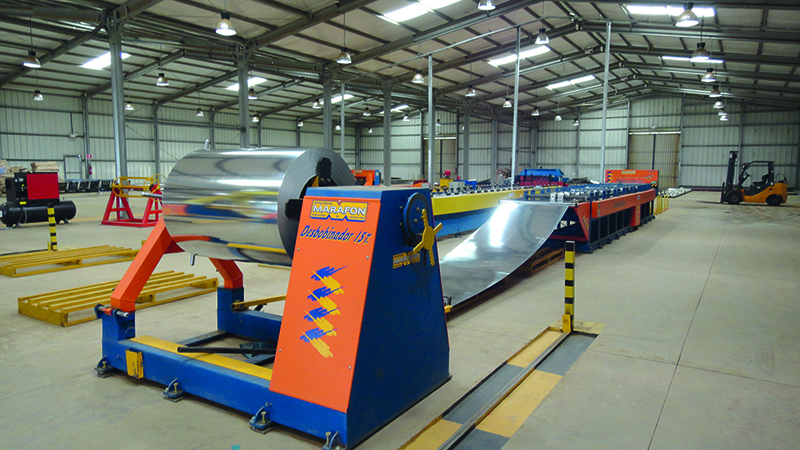Industry and infrastructure are set to be a fundamental phase in Congo’s ongoing development

Much of the country’s recent growth has been powered by the rapidly improving infrastructure that it has to offer, with a deepwater port and a burgeoning network of international airports offering long-term logistical solutions. But as the nation’s economy develops, further construction is required to help diversify the economy and nowhere is this more evident than at the huge industrial and commercial complex 50 miles north of Brazzaville at Malaokou.
The area is currently being developed to house 15 factories that will produce an array of construction materials ranging from PVC products and paint, to piping and various metals. Around 10,000 jobs are expected to be created once all the companies arrive, with the project part of the government’s attempts to ramp up the GDP contribution from the industrial sector from around 5% to 12%.
Helping to drive this figure upwards will be the country’s burgeoning cement industry, with new plants coming online over the next year that will see production rise from around 370,000 tons to an estimated 700,000 tons. By 2016, that figure is expected to rise to more than 3 million tons, meaning the country is likely to have gone from being a net importer to an exporter of the commodity. It acts as a suitable example of the Republic of the Congo’s ambitious plans to expand its industrialization process, which is intended to deliver a more varied and stable economy.
0 COMMENTS